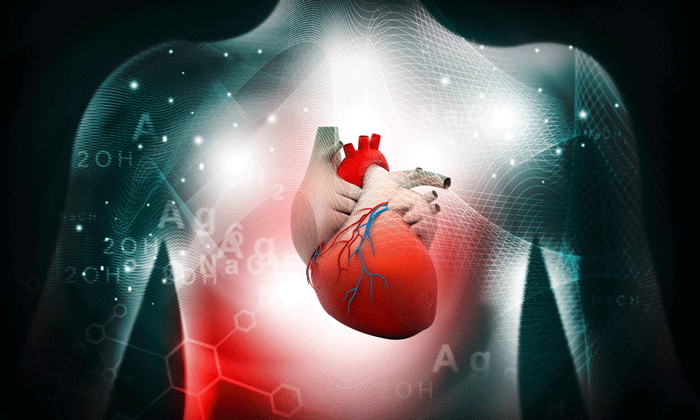3D map of CVD genetic interactions could aid future treatments
Posted: 12 July 2018 | Drug Target Review | No comments yet
A 3D map of genetic interactions in CVD could aid researchers investigating future treatments for heat attacks, heart failure and heart rhythm disorders.


A 3D map of key gene interactions in cardiovascular disease (CVD) has been developed by researchers at the University of Chicago. This map will enable researchers to identify the most important genes when investigating new treatments for heart attacks, heart rhythm disorders and heart failure. Greater than 500 genetic variants are linked to an increased risk of CVD, with the majority located in ‘non-coding’ regions of the genome.
As these regions do not code for particular proteins, it becomes challenging for researchers to understand the importance of these ‘non-coding’ areas. Lead author Lindsey Montefiori said, “The strongest genetic signatures associated with complex human diseases, including many cardiovascular diseases, are actually located outside of genes, scattered throughout the vast 98 percent of the genome that is ‘non-coding’.
“What we think is happening is that these mutations affect the function of the ‘switches’ of genes, called enhancers, which determine where, when and to what level each gene should be turned on.”
Our 3D map of enhancer-gene interactions in human heart cells will help guide investigators to the most likely causal genes underlying increased cardiovascular disease risk
These enhancers are short sections of DNA and can be located a substantial distance from the genes they control. As DNA folds into loops, these enhancers can then be physically closer to the position of the gene and could control their activity.
A technique called high-resolution promotor capture uses the enhancer region to ‘catch’ the target gene. The researchers modified this, so only coding regions of the genome are captured. Thus, each mutation could be mapped to its target gene, exploring the precise actions of the potential enhancers controlling the coding areas of the genome.
More than 10,000 genetic variations linked to CVD were identified, and the researchers found that 1999 of them make physical contact with 347 target genes. When these genes were studied further, it was identified that they were known for their roles in cardiac function.
Interactions between enhancers with genes in other cells were also investigated, as the three diseases studied all have different processes. The team found that mutations that were linked to heart attacks, connected with a target gene involved in cholesterol regulation, with those involved in heart failure capturing a gene important in coronary artery disease.
Professor of Human Genetics at the University of Chicago, and senior author of this study, Marcelo Nóbrega said, “Incomplete understanding of long-range gene regulation is a major roadblock in translating genetic variants into an understanding of disease biology.
“Our 3D map of enhancer-gene interactions in human heart cells will help guide investigators to the most likely causal genes underlying increased cardiovascular disease risk and could lead to new treatment and prevention strategies.”
This study was published in eLife.
Related topics
Disease research, DNA, Genomics
Related conditions
Heart attack, Heart disease, Heart failure, heart rhythm disorder
Related organisations
University of Chicago
Related people
Lindsey Montefiori, Professor Marcelo Nóbrega



